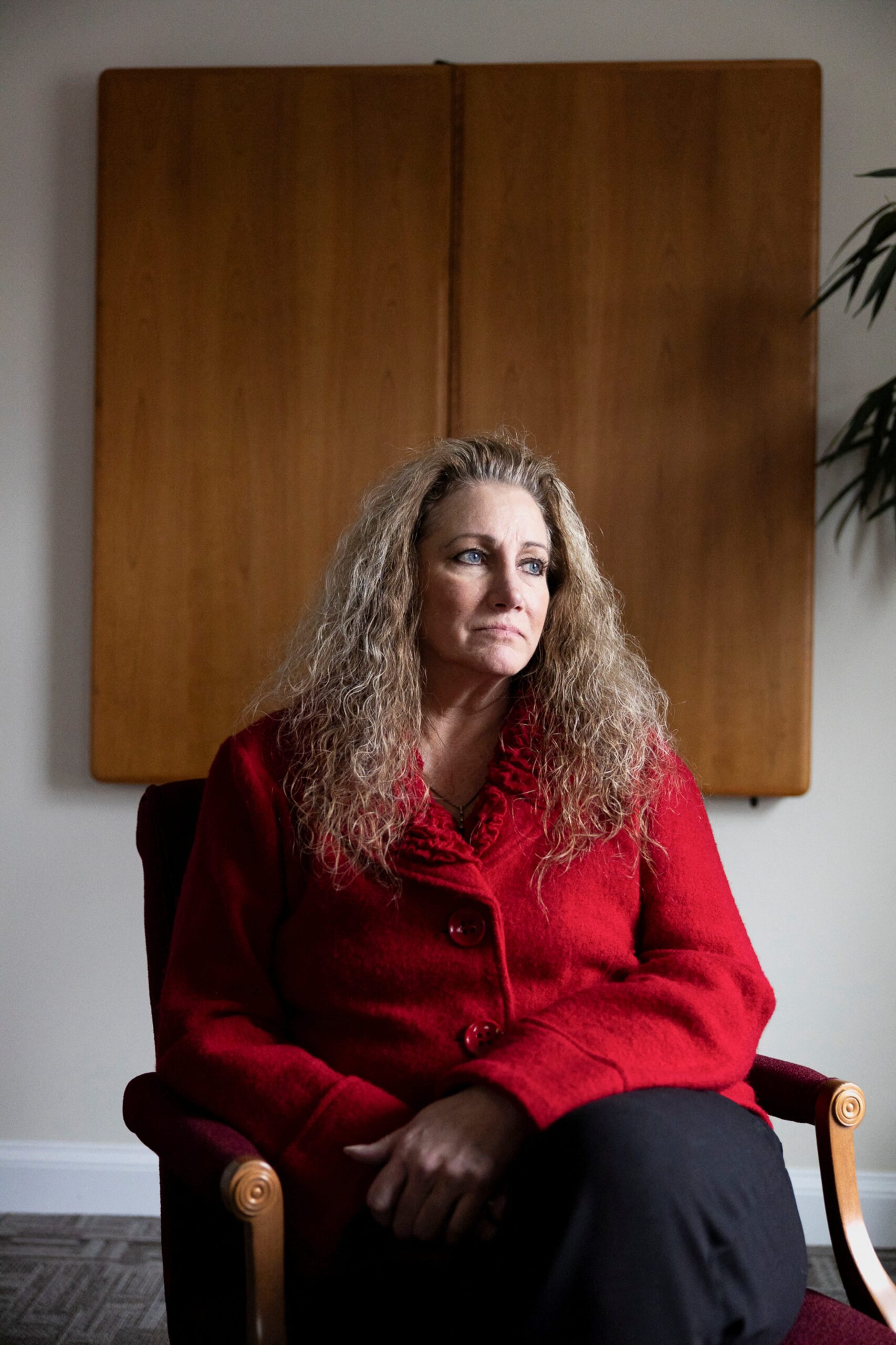
Reverse Discrimination Case: Supreme Court to Examine Evidentiary Threshold for Workplace Bias Claims
Background:
Marlean Ames, a heterosexual woman, filed a lawsuit against the Ohio Department of Youth Services for alleged job discrimination. She twice lost promotions to gay candidates, whom she believed were less qualified. Ames claimed that the department favored gay employees over heterosexual employees, resulting in her being passed over for opportunities.
Lower Court Ruling:
A federal judge dismissed Ames’s suit, citing a "background circumstances" test. The court ruled that Ames had not provided sufficient evidence to demonstrate that the department discriminated against heterosexual employees as a general practice. Specifically, she failed to show a pattern of bias or that the decision-makers were motivated by anti-heterosexual animus.
Supreme Court Review:
The Supreme Court has agreed to hear Ames’s appeal, which raises the question of whether the "background circumstances" test should be applied to reverse discrimination claims. This test requires plaintiffs to establish a context of discrimination against the majority group to support their claims.
Arguments for Eliminating the Test:
Ames’s attorneys argue that the "background circumstances" test is unnecessary and discriminatory. They contend that it creates an unfair burden on plaintiffs who are members of the majority group, making it more difficult for them to prove workplace bias. They also argue that discrimination against any group is harmful and should be addressed regardless of the demographics of the alleged victims.
Arguments for Maintaining the Test:
Ohio’s Attorney General and other supporters of the test argue that it is essential to prevent frivolous lawsuits. They claim that without the test, employers could face a flood of reverse discrimination claims from disgruntled employees. Opponents of eliminating the test also maintain that it is important to recognize the historical context of discrimination against minority groups and the need to prevent such bias from continuing.
Biden Administration’s Position:
The Biden administration filed a brief supporting Ames’s position. The Justice Department argued that the "background circumstances" test is not supported by the text of the Civil Rights Act of 1964, which prohibits workplace discrimination based on various protected characteristics, including sexual orientation.
Impact of the Case:
Legal experts predict that a ruling in Ames’s favor could lead to an increase in reverse discrimination claims. Employers would need to be more vigilant in ensuring that their hiring and promotion practices are fair and unbiased. However, it is also possible that the Court could reaffirm the "background circumstances" test or establish a new standard for evidentiary thresholds in reverse discrimination cases.
Civil Rights Groups’ Concerns:
Civil rights groups have expressed concerns that weakening the evidentiary threshold for reverse discrimination claims could undermine efforts to combat ongoing discrimination against minority groups. They argue that the background circumstances test is necessary to ensure that the legal system continues to focus on addressing the systemic bias faced by historically marginalized communities.
Implications for Diversity, Equity, and Inclusion (DEI) Initiatives:
The Ames case comes at a time of heightened scrutiny of DEI initiatives in the workplace. Some critics argue that these initiatives promote a "woke" culture that prioritizes diversity over merit. The outcome of the case could have implications for the future of DEI programs and the perception of workplace fairness.
Conclusion:
The Supreme Court’s ruling in the Ames case will shape the legal landscape for workplace discrimination claims. It will determine the evidentiary standards that plaintiffs must meet, the role of historical context in these cases, and the implications for DEI initiatives. The decision is expected to have a significant impact on both employees and employers, as well as broader discussions about discrimination and equality in the workplace.
